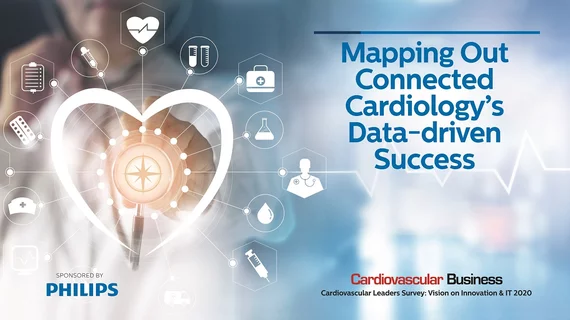The CV service line has big goals and is mapping out a route to reach them. Leaders are quite focused but know there are roadblocks and traffic jams in their way.
In the eyes of the cardiovascular service line director, short-term high priorities are: increasing operational efficiency, growth, creating and implementing a comprehensive and consistent approach to cardiovascular services, achieving greater standardization of technology across the health system and improving processes to deliver higher-quality care.
The greatest challenges holding directors back are: increasing operational performance while improving patient outcomes, attracting and retaining clinical staff, combating clinician burnout, reducing readmissions while optimizing length of stay and getting a handle on data analytics.
The majority of respondents tell us they struggle with the lack of a systemwide approach to cardiovascular services. Cath labs run differently, hospitals in the same network use different clinical IT systems and EMRs, imaging results are locked up in separate silos, and billing systems are disparate too. To clear the roadblocks, health systems say, dedicated teams will need to standardize practices that will reduce variance and waste while improving quality, outcomes and operational efficiency.
This lack of standard practices puts the brakes on greater efforts to improve care and operations. Data complicates the journey too when it is scattered across the enterprise, hidden away in workstations, modalities and across departments. EMRs often do not connect to the CVIS. About a third of respondents say their health system lacks access to all patient records within their CVIS across all facilities. Another 44% are not able to access diagnostic functionalities such as images, measurements and calculations from the CVIS from their EMR today. Siloed data is stalling leaders’ efforts to drive improvement.
Read the report...
Contents
Survey at a Glance
Defining State-of-the-Art CVIS
Key Findings
What Healthcare Leaders Think
Demographics
About the Survey
The 16-page report on the 2020 Cardiovascular Business Leadership Survey offers a snapshot of what health system and cardiovascular leaders think about priorities, challenges and trends. Some of it validates, while some enlightens. It all helps guide leadership on a data-rich and insightful journey into the future.


